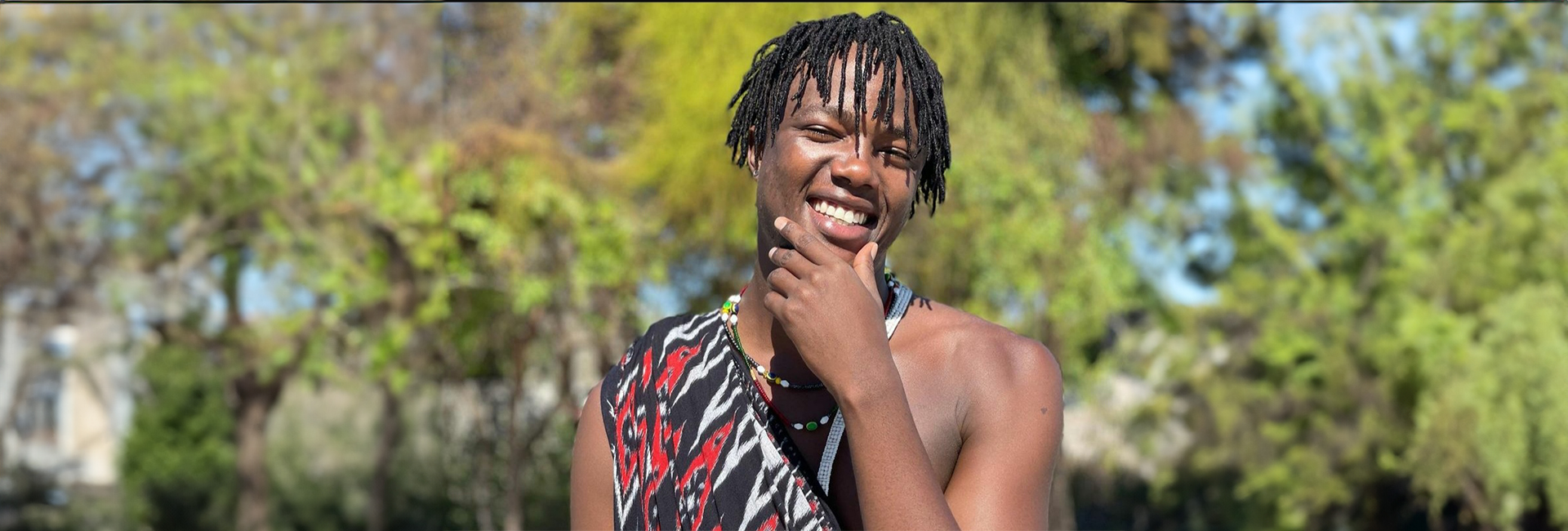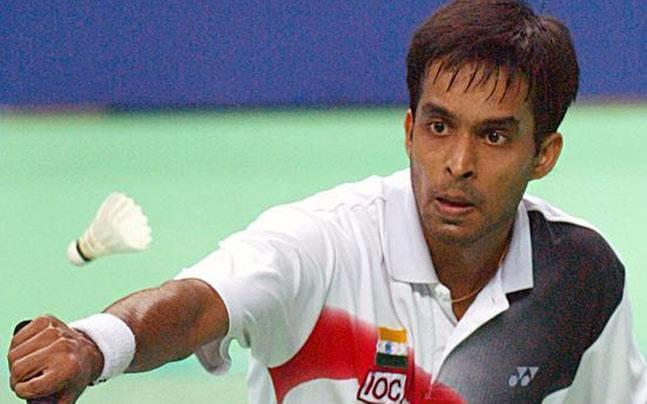(June 28, 2023) Living in a mud house in Rajasthan’s Jodhpur, 18-year-old Kusum Chaudhary comes from a family of farmers, but with no land to call their own. This mostly meant money constraints and even cast an eclipse on her future as the family had no means to support her education beyond Class 12. But things took a turn for the better when in 2016 her uncle asked her to fill out the form of Sitare Foundation. She sat for an entrance exam and qualified for a full scholarship. Five years later, with a visa in her hand, she was ready to fly to Maryland University in the USA to pursue a four-year undergraduate degree in computer science, thanks to an NRI couple.
Joining Sitare Foundation, a nonprofit that helps children from low-income household’s access quality education in private schools, and find opportunities to study abroad, changed Kusum’s life forever. But she isn’t the only one to have benefitted from it, hundreds of children have been empowered through education by NRI couple Shilpa and Amit Singhal, who founded Sitare Foundation in 2016. The couple, who quit their cushiony jobs in the US to return to India, believe in the power of education, and hence, provide all financial support — school fees, travel, accommodation, food, and more — for seven years of a child’s education, from classes 6 to 12.
“We believe in the power of education and its potential to change lives, communities, nations, and the future of our planet. Our vision behind Sitare was not limited to educating underprivileged children but also nurturing them to become world-class professionals and great humans so they could become a beacon of hope for their community and millions of other underprivileged children,” Amit said in an interview.
The power of education
Coming from a humble background, Amit’s great-grandfather used to repair bicycle punctures on the roadside in UP’s Bulandshahr. The only thing that he could give his son was permission to study, and after earning a BA in English, Amit’s grandfather joined the post of teacher. He passed on the importance of education to his son (Amit’s father) who attended IIT Roorkee and became a civil engineer.
Growing up, Amit too was bent towards studies, and after pursuing a bachelor’s degree in Computer Science from Roorkee, he did his master’s from the University of Minnesota Duluth and a Ph.D. from Cornell University. “I left the country with only a few hundred dollars and two suitcases. The only thing every generation gave the next generation was education and no money,” the Global Indian told Better India.
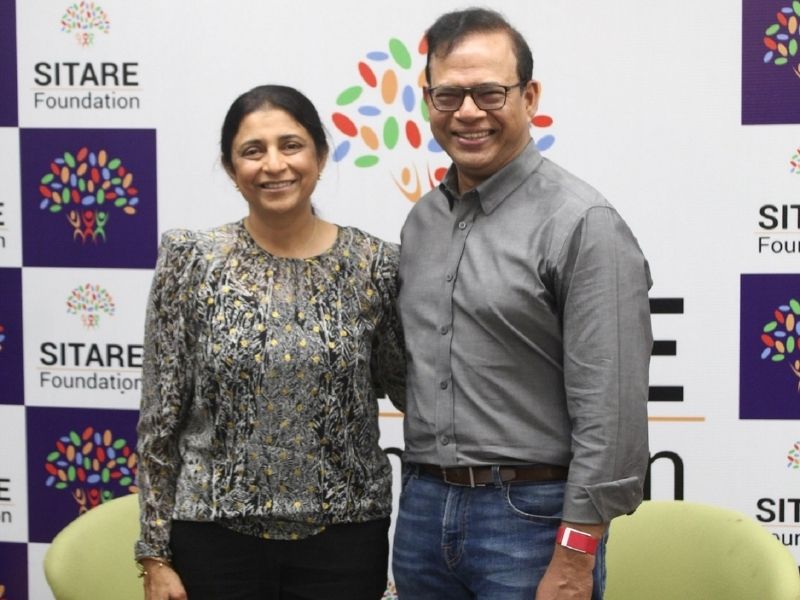
Amit and Shilpa Singhal founded Sitare Foundation
It was education that took him to the US, and got him a job at Google, where he worked for 15 years and even provided for a good lifestyle. This was enough for him to realise the power of education, and nudged him to do the same for underprivileged children. “Fundamentally, education is the only sustained way out of poverty. And education is near and dear to our hearts,” he added. His wife Shilpa, who has a master’s degree in Physics from Binghamton University, and in Computer Science and Engineering from Cornell University, too joined him in the venture.
Looking for bright stars among low-income families
The NRI couple was keen to give back to society by empowering and uplifting underprivileged children through education. “The only useful thing that one could do with their money is to improve some lives,” said Amit, who spends an average of $2000 per student per year from his savings.
This led to the setting up of the Sitare Foundation, but their foremost and biggest challenge was to find bright students to whom they could offer help. They only received 240 applications in the first year, out of which 50 were selected to join the foundation. But over the years, the word spread, and more than 70,000 applications reach Sitare Foundation each year, of whom 100 make the cut for the programme. Currently present in five cities across Rajasthan and Madhya Pradesh – Jodhpur, Jaipur, Ajmer, Bhopal, and Indore, Sitare Foundation has partnered with private schools to provide quality education to bright underprivileged kids.
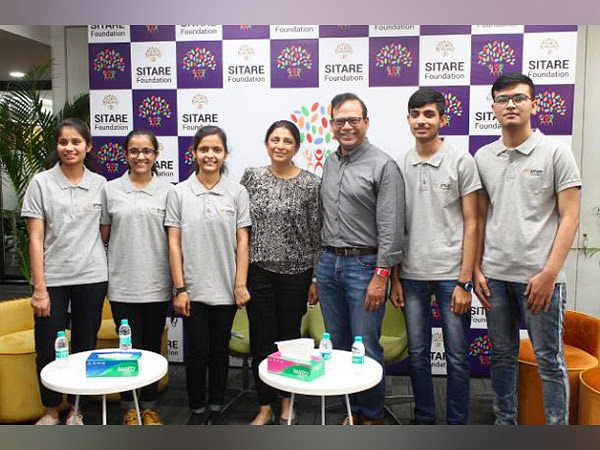
Giving children wings to fly
“Besides education, we support them with food, clothing, books, school supplies, and transportation. Additionally, we have a fully residential programme for students to focus on their college admissions,” Amit told Your Story. Post completing Class 10th, the students are enrolled in a residential programme where students live in hostels and focus on studying for exams like JEE, NEET, and CLAT, depending on the subjects they’ve chosen, and at the same time, preparing their applications to study in the US.
However, the biggest challenge for the NRI couple has been to change the perspective of the parents, especially of a girl child, towards education. Since the parents are not educated, it’s hard for them to understand the importance of education. “Girls are disproportionately impacted by the home environment in India. They are often required to work, help their mothers at home, take care of younger siblings, and go out with their mothers to help them on the farms,” revealed Amit, who says child marriage is another factor that derails the progress. Often NGOs counsels these children and their families to get them back on the path of learning.
As of now, Sitare Foundation has educated over 400 underprivileged students, with five of its Class 12 students — Kusum Chaudhary, Mahendra Kumar, Milan Ramdhari, Nisha Chaudhary, and Tanisha Nagori – securing admissions in multiple US’ top universities, including the University of Maryland, University of North Carolina, University of Minnesota, Ohio State University, University of California, Case Western Reserve University, and Arizona State University. “Our mission is to transform fifty thousand lives through education by 2050.”





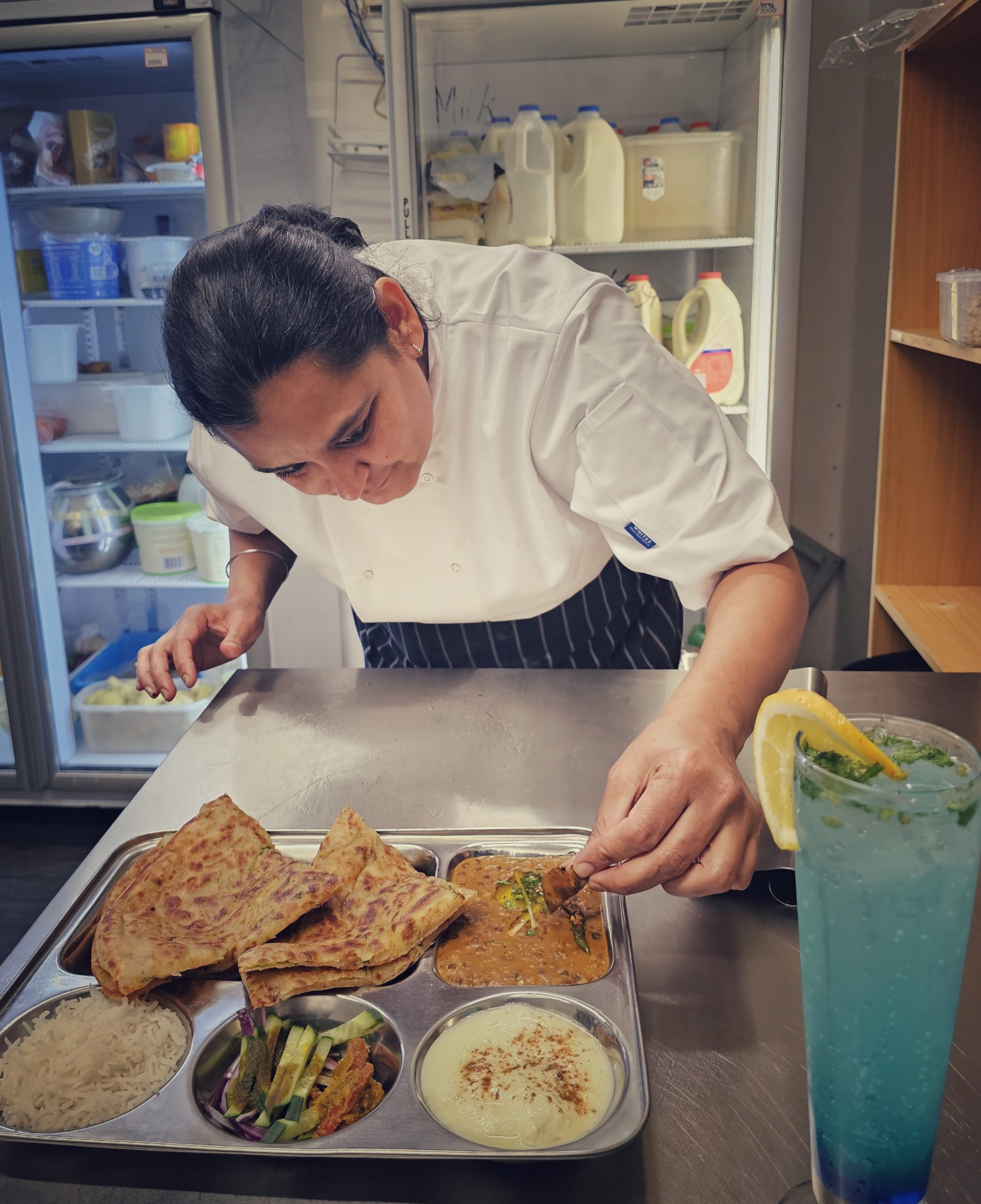
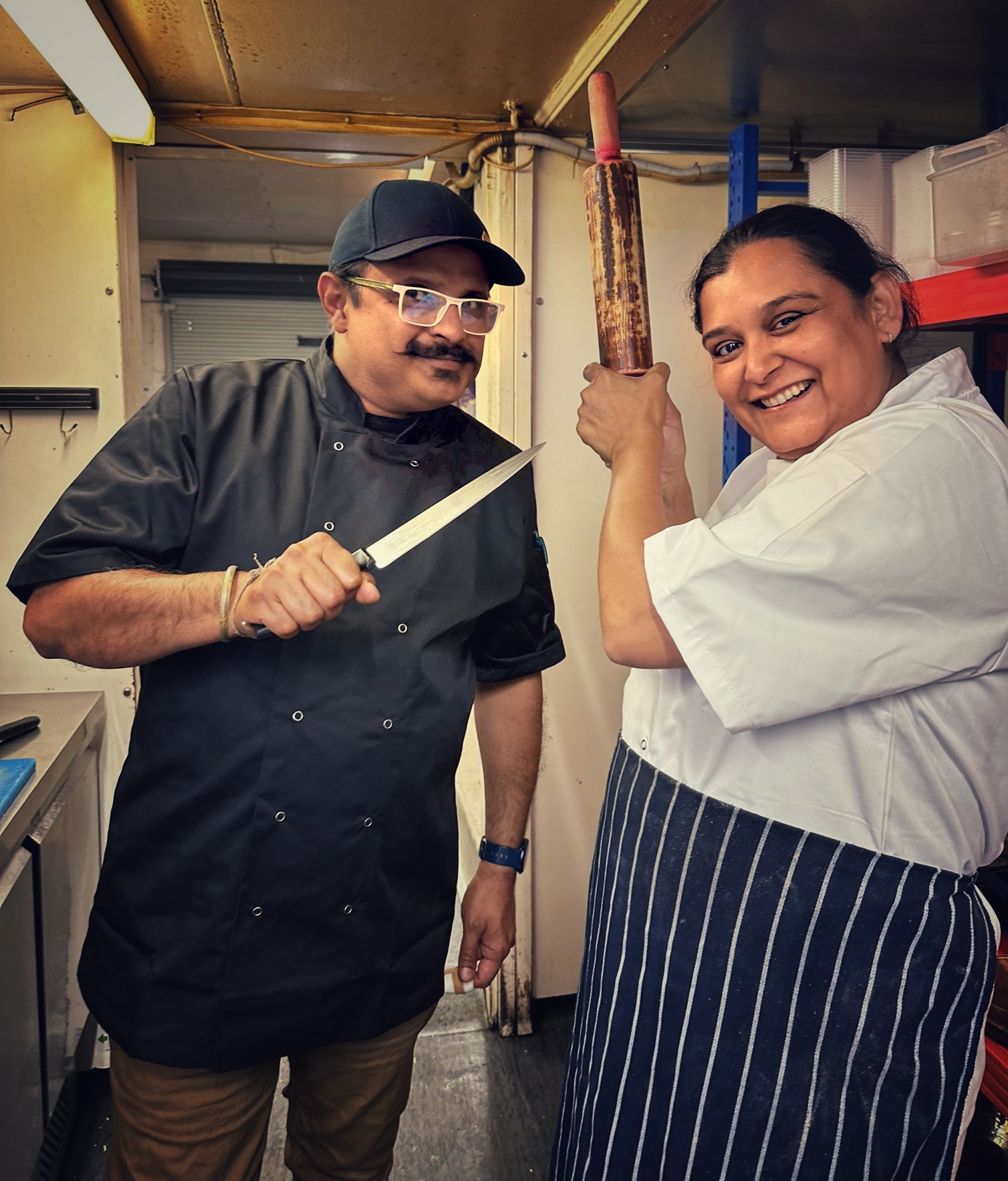
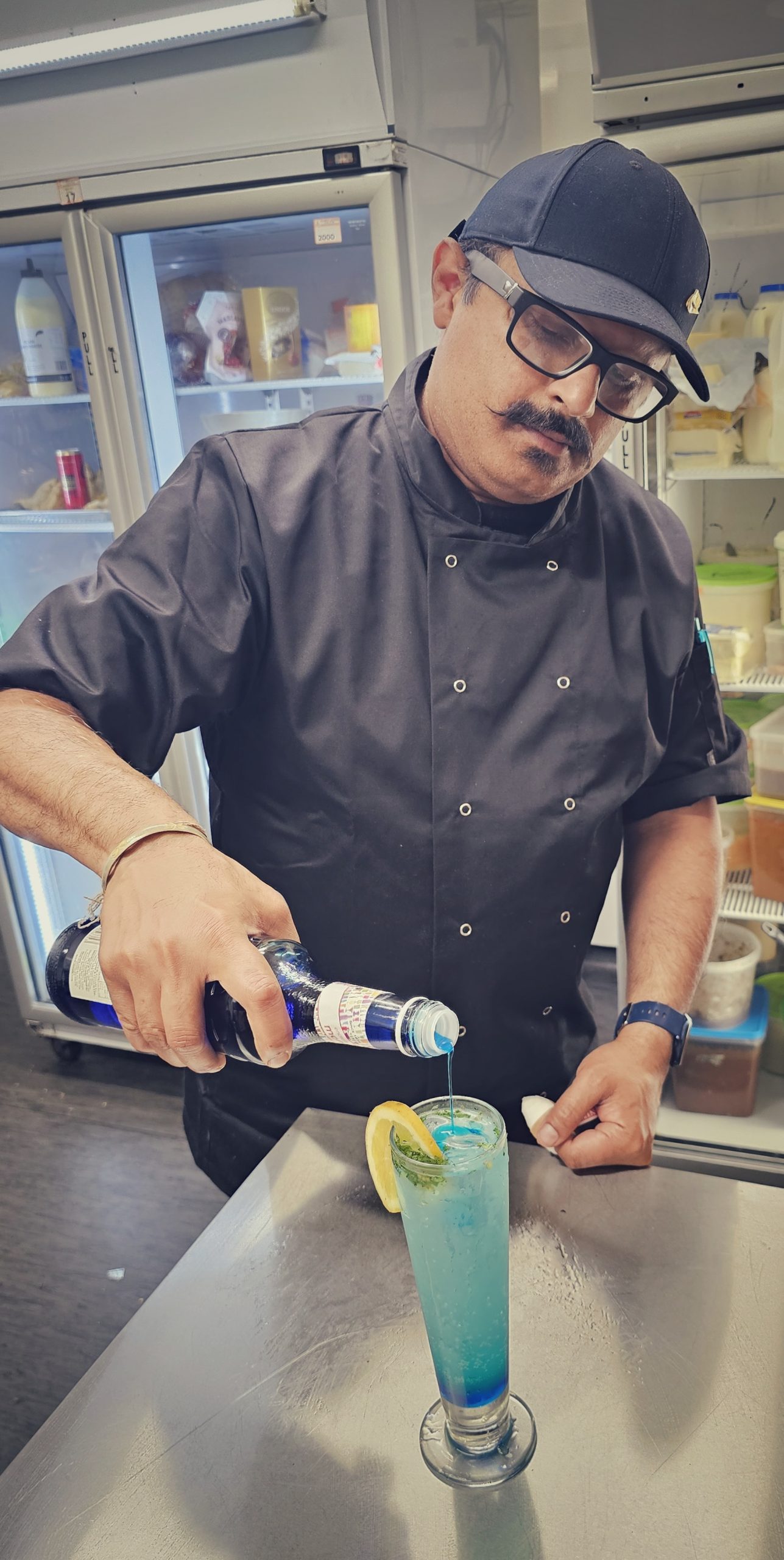

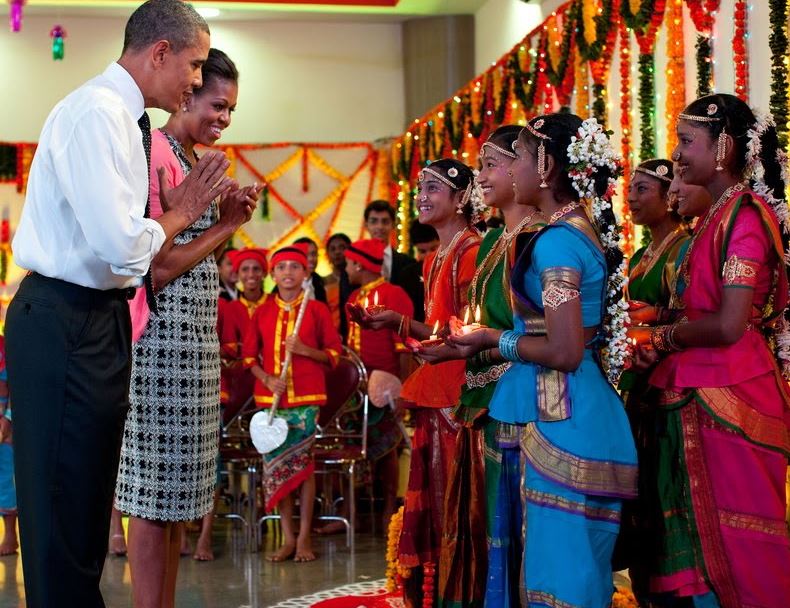 Obamas celebrating Diwali in 2010[/caption]
Obamas celebrating Diwali in 2010[/caption] A digital mural on One World Trade Center in 2021[/caption]
A digital mural on One World Trade Center in 2021[/caption]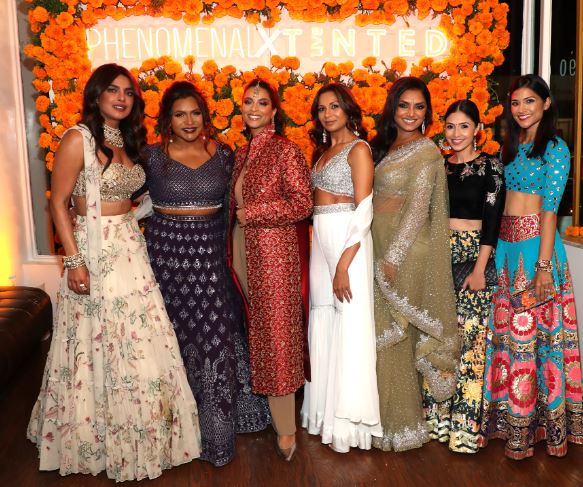 Celebrities and Influencers of the diaspora[/caption]
Celebrities and Influencers of the diaspora[/caption]
 Neeraja Raj. Photo:
Neeraja Raj. Photo: 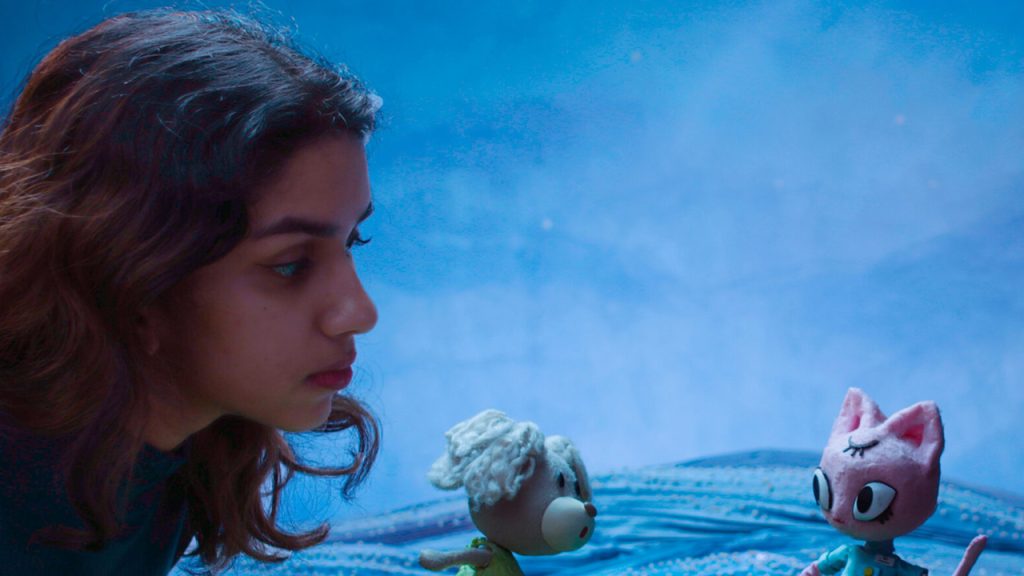 Photo: Neeraja Raj on Instagram[/caption]
Photo: Neeraja Raj on Instagram[/caption]